

SIMULATION -
Click to expand each objective. To connect to the Azure portal, type https://portal.azure.com in the browser address bar.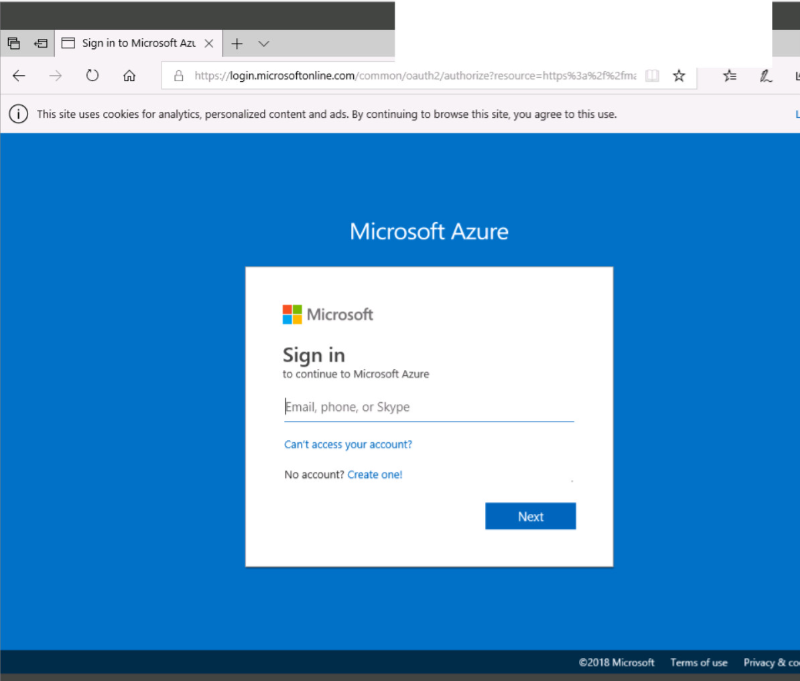
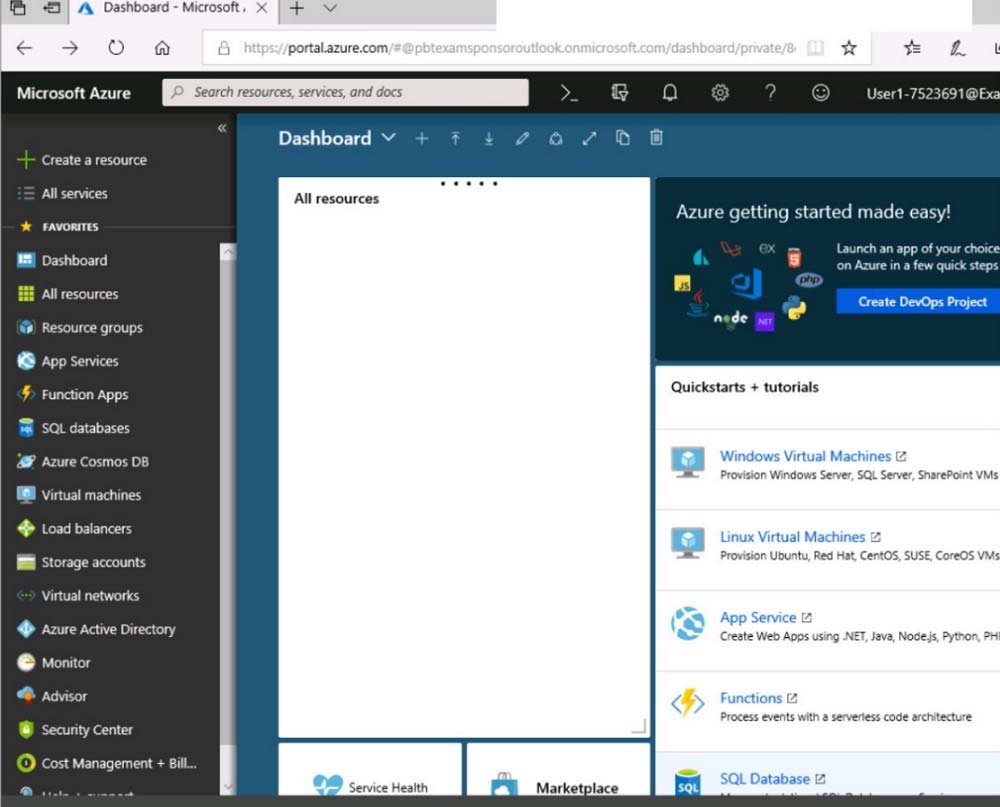
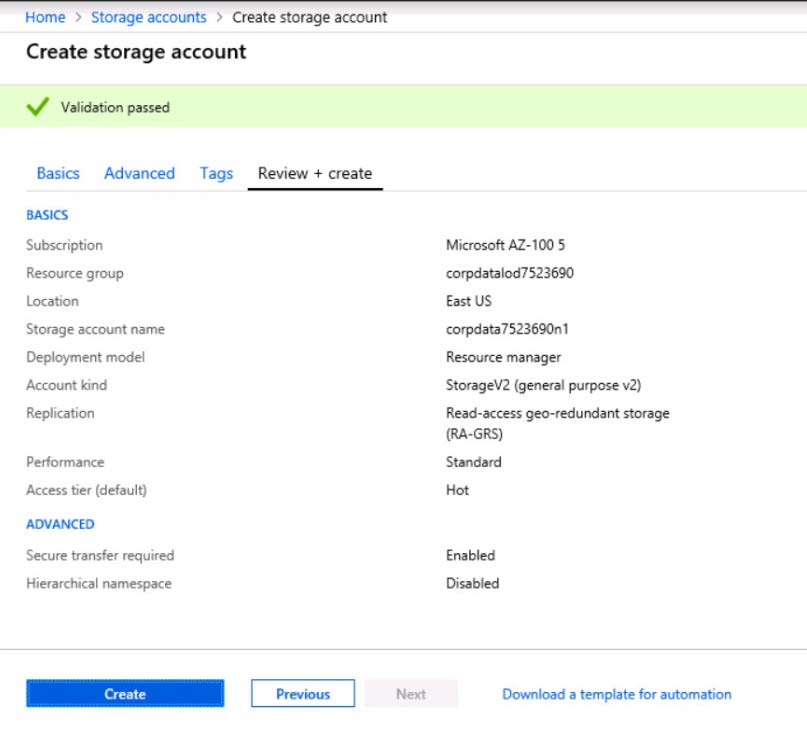
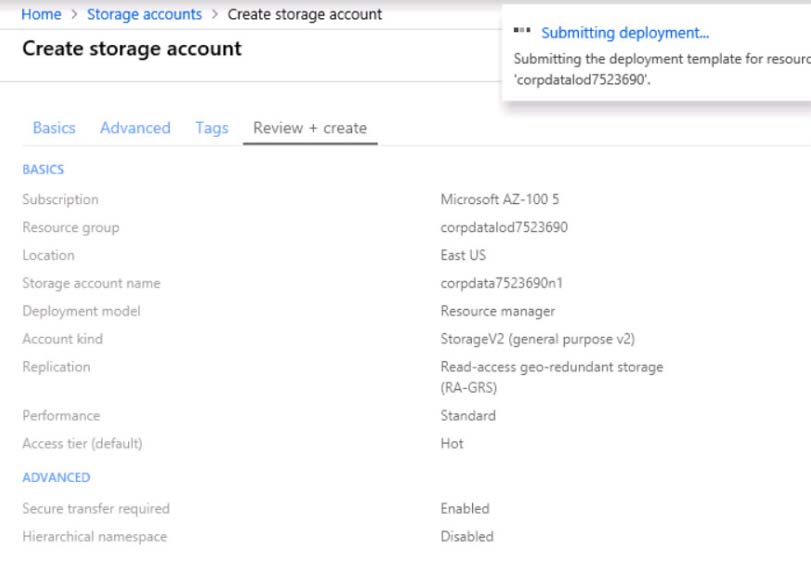
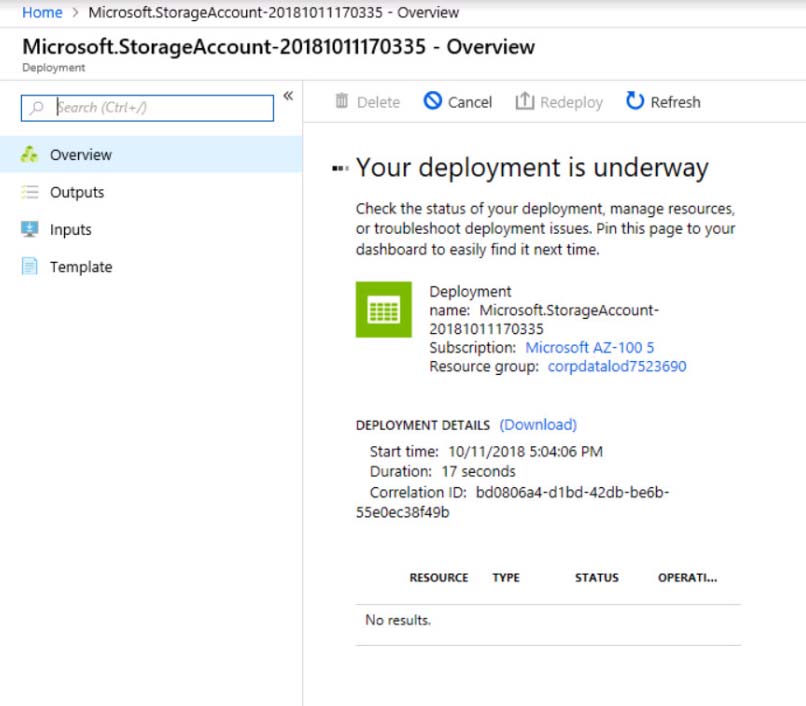
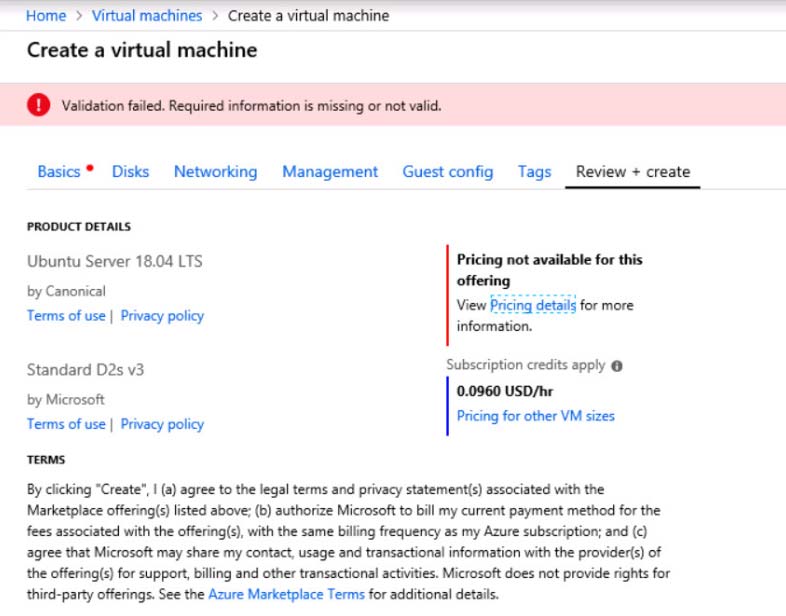
When you are finished performing all the tasks, click the "˜Next' button.
Note that you cannot return to the lab once you click the "˜Next' button. Scoring occur in the background while you complete the rest of the exam.
Overview -
The following section of the exam is a lab. In this section, you will perform a set of tasks in a live environment. While most functionality will be available to you as it would be in a live environment, some functionality (e.g., copy and paste, ability to navigate to external websites) will not be possible by design.
Scoring is based on the outcome of performing the tasks stated in the lab. In other words, it doesn't matter how you accomplish the task, if you successfully perform it, you will earn credit for that task.
Labs are not timed separately, and this exam may have more than one lab that you must complete. You can use as much time as you would like to complete each lab. But, you should manage your time appropriately to ensure that you are able to complete the lab(s) and all other sections of the exam in the time provided.
Please note that once you submit your work by clicking the Next button within a lab, you will NOT be able to return to the lab.
To start the lab -
You may start the lab by clicking the Next button.
You need to create a virtual network named VNET1008 that contains three subnets named subnet0, subnet1, and subnet2. The solution must meet the following requirements:
✑ Connections from any of the subnets to the Internet must be blocked
✑ Connections from the Internet to any of the subnets must be blocked
✑ The number of network security groups (NSGs) and NSG rules must be minimized
What should you do from the Azure portal?
Happiman
Highly Voted 5 years, 6 months agoNikita_1998
5 years, 1 month agomm2
Highly Voted 5 years, 9 months agoAdrian1405
5 years, 8 months agoMathew
5 years, 7 months agopraveen97
5 years agopraveen97
5 years agofabianvera19822
4 years, 8 months agoAhmedAL
Most Recent 4 years, 10 months agoShon20200923
4 years, 10 months agoKCjoe
5 years agoKCjoe
5 years agotundervirld
4 years, 11 months agoTP447
4 years, 11 months agonagendra25may
5 years, 2 months agonagendra25may
5 years, 2 months agoam20
5 years, 2 months agoAmarKavita
5 years, 2 months agogerardjongh
5 years, 2 months agoTYT
5 years, 3 months agoqr
5 years, 4 months agoInsomniumBR
5 years, 6 months agotundervirld
4 years, 11 months agofda
5 years, 6 months agobbbb
5 years, 7 months agoIjaz
5 years, 6 months agoPDR
5 years, 6 months agoipvaid
4 years, 11 months agoAnshMan
5 years, 7 months agochris46
5 years, 7 months agoatiff
5 years agoKrimish
5 years, 10 months ago